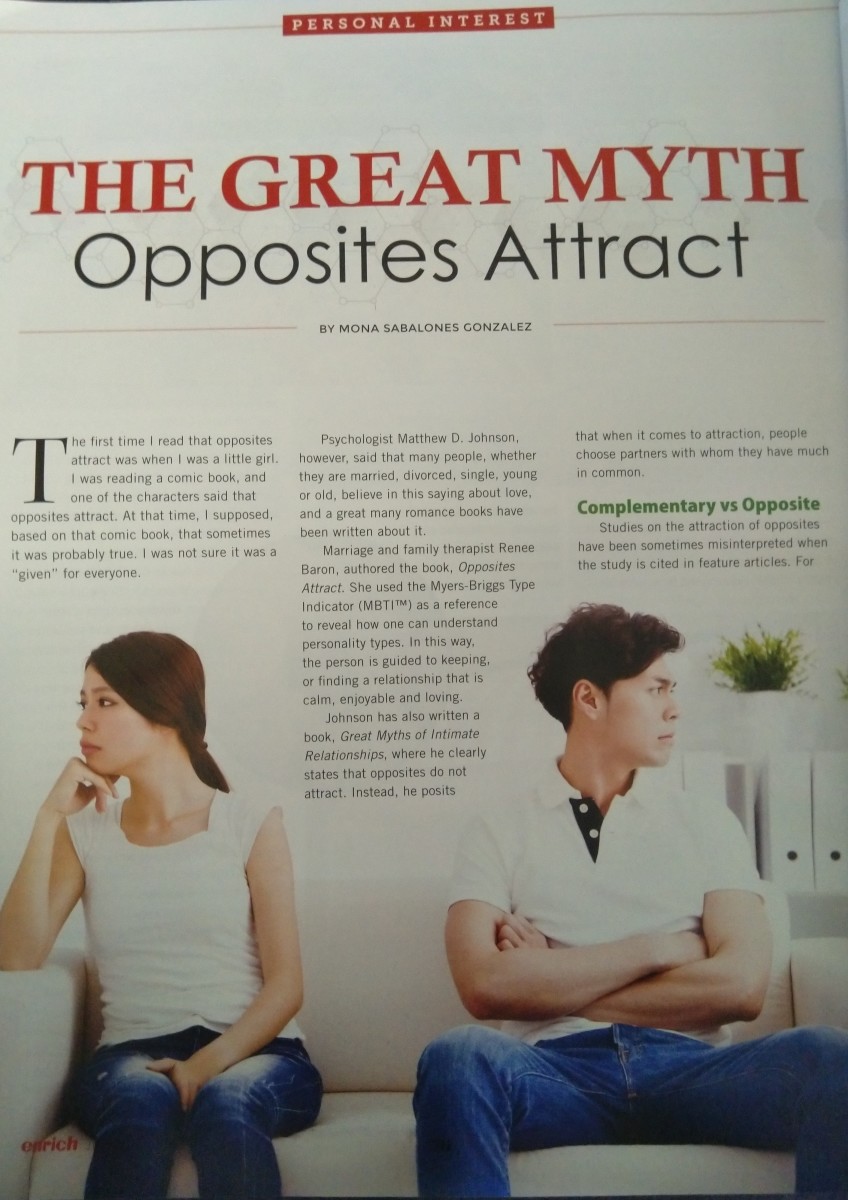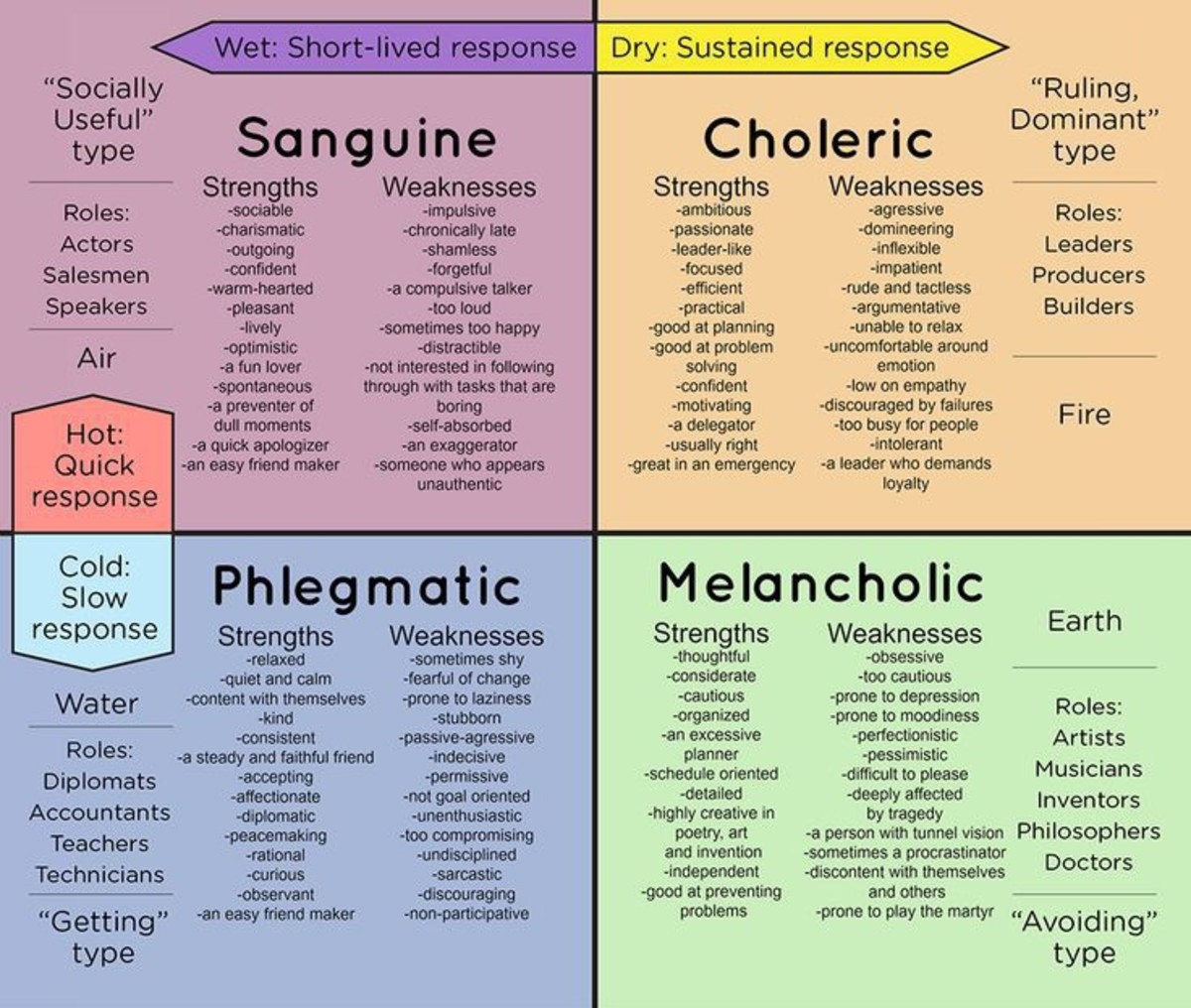Mate Selection - How Men and Women Choose Mates May Not Be the Best Way

For those of you who keep searching for love, how do you usually choose your mates? Do you base your choices solely on the basis of physical attraction, or do you also take other complex emotional, social and environmental factors into consideration? According to Social Psychologists, we (both male and female)often tend to go about choosing our mates based on the following:
- Complementary and Compatible needs
- Interpersonal Attraction
- Similarity in social Background
Although all the above factors that we often take into consideration when choosing a mate seem logical, there is no guarantee that any of these methods of mate selection is going to help us to find a lifelong partner. Below is a brief explanation and also examples of each of the above factors that we often consider important.
Complementary and Compatible Needs
The complementary and compatible needs concept comes into play when we mesh our needs with those of others. Based on the concept of complementary and compatible needs, a person with the need to dominate is usually attracted to an individual with the need to be dominated. Likewise, a person with a need to care for others is drawn to someone with a need to be cared for.
Contrarily, although a high need for dominance in one partner and a low need for dominance in the other would be complementary, this doesn't necessarily mean both would be compatible. A person who likes to stay home for example, might be interested in another individual who likes to do the same. Again, these two individuals might not necessarily be a compatible pair.
Interpersonal Attraction
Interpersonal attraction is influence by various factors such as physical attractiveness, attitudes, similarities, and so on. Social Psychologists believe that attraction is the magnet which draws different individuals together and cause them to resist separation. We often rely on interpersonal attraction when making close relationships, including mate selection and life- long friendship. Studies on dating relationships indicate that people of similar physical attractiveness tend to pair up.
One possible explanation for this pattern, is that when choosing a date, we tend to consider not only the attractiveness of the other person but also the probability of being rejected by that person. According to Social Science experts, dating in other words, follows the rule of the marketplace: a man contemplates the risks and rewards before approaching a woman for a date.
If a man sees himself as fairly unattractive, he thinks that it's likely that an attractive woman will reject him, so he lowers his sights to a somewhat less attractive date. It's believed that when there is no possibility of refusal, men have a tendency to choose more attractive women for dates than they would have chosen under normal circumstances.
There is also the possibility that men with a low evaluation of themselves are less sensitive to rejection than those who considered themselves to be attractive. In some cases, unattractive men may become accustomed to being turned down. Also, the chance of a highly rewarding partner may encourage them to risk refusal.
Another possible interpretation is that people will make an effort to develop dating relationships, but since they are rejected by those who think they can find more attractive dates, they ended up pairing up with other individuals of similar attractiveness. This sorting process can somewhat use to explain researchers finding, that dating couples tend to be similar in physical attractiveness.
Similarity in Social Background
Not only do most couples tend to be similar in physical attractiveness, they also tend to share the same race, religion, economic status, and education level. Young people for example, often encounter strong social pressures, especially from parents, to marry someone with a similar social history.
Conclusion
To summarize, although complementary and compatible needs, interpersonal attraction and similarity in social background are all important factors to consider sometimes when selecting a mate, relying solely on any one of the above is simply not always the best way to go about choosing a mate. There is certainly a lot more that you may have to take into consideration, such as regular communication, understanding, the willingness to compromise and so on. Quite often, the amount of work we put in our relationship usually determines the outcome.








